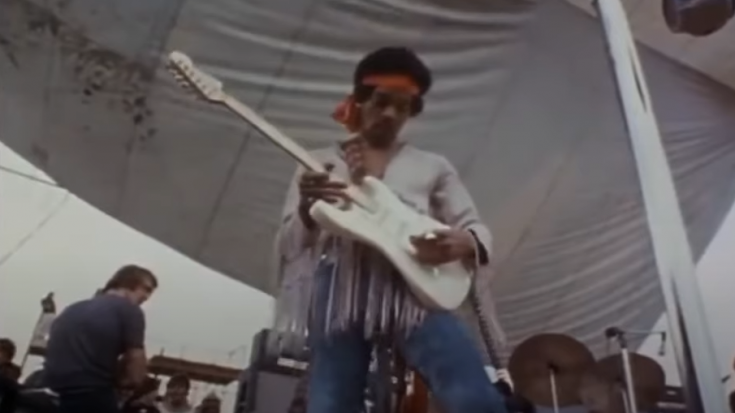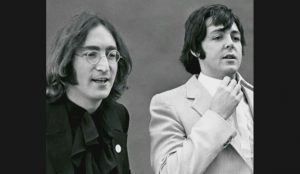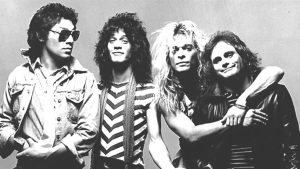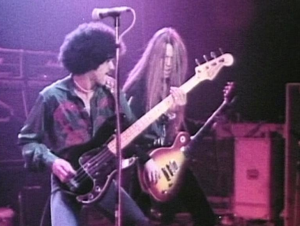Jimi Hendrix Was Only Paid This Much For Headlining Woodstock 1969

Youtube / taco tuesday
Few performances hold as much cultural significance as Jimi Hendrix’s iconic set at Woodstock in 1969. The legendary guitarist, gazing upon a sea of humanity that stretched beyond his vision, delivered a performance that transcended time.
Hendrix’s words encapsulated the essence of Woodstock 1969, a three-day event that would become the high point of the counterculture movement.
In his own poetic words, Hendrix reflected,
“500,000 halos outshined the mud and history. We washed and drank in God’s tears of joy, and for once, and for everyone, the truth was not a mystery. (Valium) Love called to all; music is magic.”
Woodstock ’69, situated just north of New York City in the Catskill Mountains, marked a momentous convergence of ideals – the age of love and the age of folly. It symbolized the pinnacle of the counterculture movement, embodying anti-materialism and reckless abandon. However, when it comes to the financial side of things, the figures suggest a different narrative, challenging the perception of an entirely anti-commercial event.
In today’s music landscape, where recording an EP can cost a young band thousands, and festivals like Glastonbury demand a significant sum for entry, the economic dynamics of Woodstock ’69 appear surprisingly modest. Back then, one could slip into the iconic festival for $18, equivalent to $143.50 / £116.50 today. Remarkably, over 180,000 attendees didn’t even have a ticket, underscoring the stark contrast to today’s commercialized music scene.
View this post on Instagram
This extends to the fees paid to headlining acts.
Hendrix’s performance at Woodstock is hailed as one of the greatest cultural moments in modern history. His compensation for this historic gig? A mere $18,000, which, adjusted for inflation, equals $143,536 / £116,514 today. This figure pales in comparison to contemporary headliners like Ed Sheeran, who reportedly earned over £200,000 for headlining Glastonbury in 2017, or acts scoring millions for topping the bill at festivals like Coachella.
Currently, U2 is expected to earn approximately $1 million per show for their 25-date run at The Sphere. While groundbreaking, will their run be as revered in history books as Hendrix’s Woodstock performance? Perhaps not, but from an economic standpoint, the numbers tell a different story.
Even the lowest-paid performers at Woodstock, such as Quill, received a mere $375 between them, equivalent to $2,990 / £2,427 in today’s money, according to The Bethel Woods Center. This stark contrast highlights the economic evolution of the music industry, where today’s artists command substantial fees for their performances.
In retrospect, Jimi Hendrix’s Woodstock headlining gig remains a musical triumph, etching its place in history despite the relatively modest paycheck. As the world continues to revere the magic of that iconic moment, the economic backdrop serves as a fascinating reflection on the evolving dynamics of the music industry.












